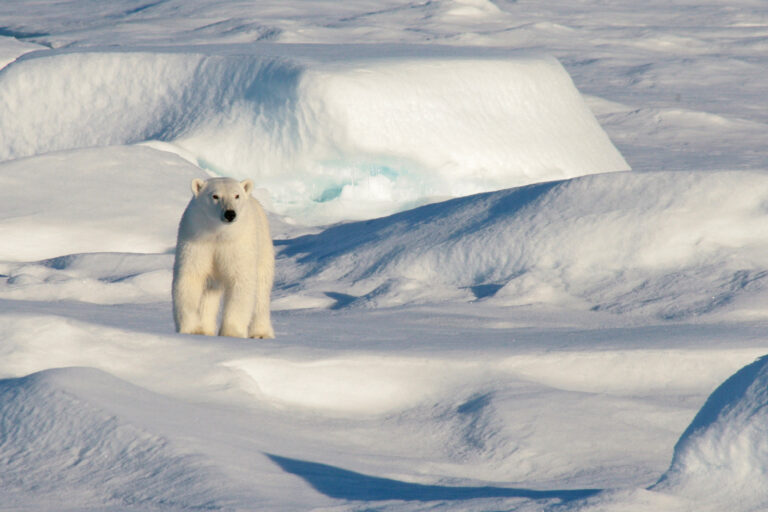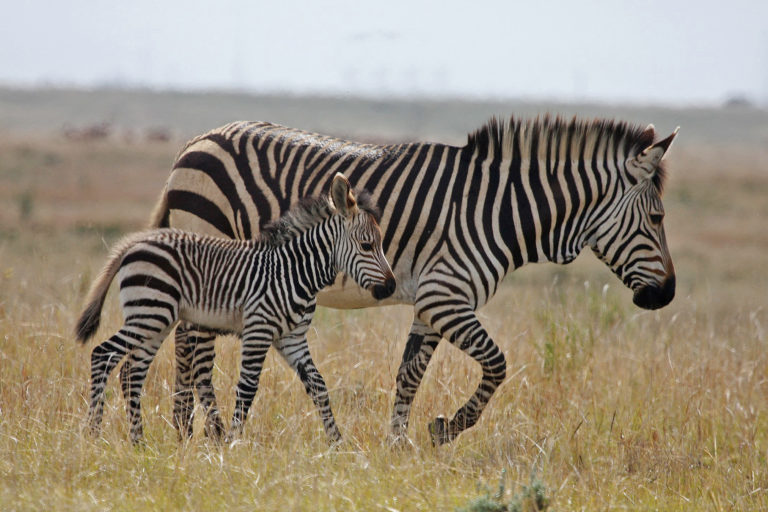ATHENS — The world is currently undergoing its fourth global bleaching event, with coral bleaching occurring in the territorial waters of more than 50 countries, according to scientists at the…
Even if everything goes well and the targets set by the Paris Agreement are met, average temperatures are expected to rise by 2.7° Celsius (4.86° Fahrenheit) this century, according to…
Underground ecosystems are everywhere. From gargantuan lightless mazes to pore-sized bedrock gaps inhabited by microfauna — super tiny animals — these ecosystems are believed to be the most widespread nonmarine…
TATEYAMA, Japan — The late summer heat was no concern for University of Tokyo professor Nina Yasuda and her student research team, who descended on Tateyama, an aging resort town…
Scientists were shocked by the high degree of warming in the North Atlantic Ocean this summer, and are concerned about effects on phytoplankton and fish. Intensifying and lengthening marine heatwaves around the globe are also worrying.
VAN PHONG BAY, Vietnam — A bold mariculture experiment in this shimmering bay ringed by hills in central Vietnam is aiming to neutralize a globally significant source of greenhouse gas…
Scientists have long known that global warming is upending not just seasonal climate trends, but also minute weather patterns on a daily basis. However, establishing a strong link hasn’t always…
A swanky iPhone or a sleek new iPad might sound like a perfect holiday gift for many. Tom Radzio feels the same joy when he retrieves an iButton and downloads…
As climate change raises global sea temperatures, coral bleaching events are becoming more frequent and intense around the world. Yet researchers say some coral reefs may have found a way…
Released in February 2022, the latest report prepared by the Intergovernmental Panel on Climate Change (IPCC) stressed that greenhouse gas emissions are increasing the frequency and intensity of extreme temperatures…
KATHMANDU — A male gharial (Gavialis gungeticus), one of the world's most endangered crocodilians, was found dead on June 26 in Nepal’s Chitwan National Park. The animal had a fishing…
Scientists have discovered that soft, branching corals deep in the Mediterranean Sea have remained unharmed by heat stress. In contrast, the corals in shallow waters have noticeably suffered as temperatures…
In the transition zone between the eastern Amazon and the Cerrado, an interaction between climate change and agricultural expansion may be resulting in increased temperature and reduced rainfall. This is…
Bangladesh has been swept up in the massive heat wave scorching large parts of Asia, with temperatures among the highest in six decades. The country’s capital, Dhaka, saw the temperature…
New research finds that a record Arctic sea ice melt season in 2007 initiated a “regime shift” to thinner, more transient ice that may be “irreversible”; another study shows that atmospheric rivers from the south are warming the Arctic in winter.
KATHMANDU — The South Col in the Sagarmatha (Mount Everest) region faces blasts of unrelenting winds that sweep away almost everything in their path, including snow. Located nearly 8,000 meters (26,000…
Analysis of 40 years of climate temperature data shows a connection between Amazon tree loss and Tibetan snow decrease via a 20,000-kilometer oceanic and atmospheric pathway. West Antarctica is also impacted.
Warmer temperatures could significantly diminish the ability of tropical forests to siphon carbon from the atmosphere by intensifying dry seasons, according to a recent study. The tropics pack away an…
Collecting core samples from the Greenland ice sheet is no easy task. During a recent expedition, scientists and drilling experts boarded a ski-equipped aircraft and flew to a site at…
Brazilian scientist Antonio Donato Nobre has long been a student of the Amazon Rainforest. An agronomist with a master's degree in tropical biology and a Ph.D. in Earth science, Nobre…
Scientists remember the years between 2014 and 2017 as a particularly bad time for coral reefs. Elevated temperatures fueled by an El Niño climate pattern harmed about three-quarters of the…
As human activities have pushed many animal species to the margins of former habitats, some protected areas may not be located in the right places, especially as frequent extreme temperatures shrink their ranges further.
KATHMANDU — Climate change is likely to expand the habitat of leopards in the Nepal’s high mountain regions, potentially increasing conflict with humans and competition with snow leopards, a new…
BISSIL, Kenya — Heat waves are on the rise globally, and countries least culpable suffer the worst effects. While temperatures continue to rise worldwide, new research published in the journal…
Climate change-induced higher temperatures, shifting seasons, extreme drought and precipitation events, extended heat waves and fires are all impacting insects, with resonating effects on habitats, other wildlife and humanity.
KATHMANDU — Hindus in Nepal marked Tihar this past week, the festival of lights that takes place at the same time as the better-known holy day of Deepavali. But for…
As Arctic sea ice begins melting out fully in summer, the frequency of strong El Niños could increase by 35% by century's end, causing extreme weather events to increase, says recent modeling study.
Sea ice extent didn’t reach record lows this summer, but air temps over Greenland and ocean temps in some Arctic seas were extraordinarily high. Polar warming also likely continues influencing global extreme weather events, scientists say.
BARINGO COUNTY, Kenya – Last December in the town of Marigat, in Kenya's central Baringo county, Paul Chepsoi had to excuse himself from a dinner of nyama choma (roasted goat)…
The Mediterranean is a cradle — of civilization, of agriculture, of history. But the region, stretching across southern and southeastern Europe, the Middle East, and North Africa, is also a…


































































